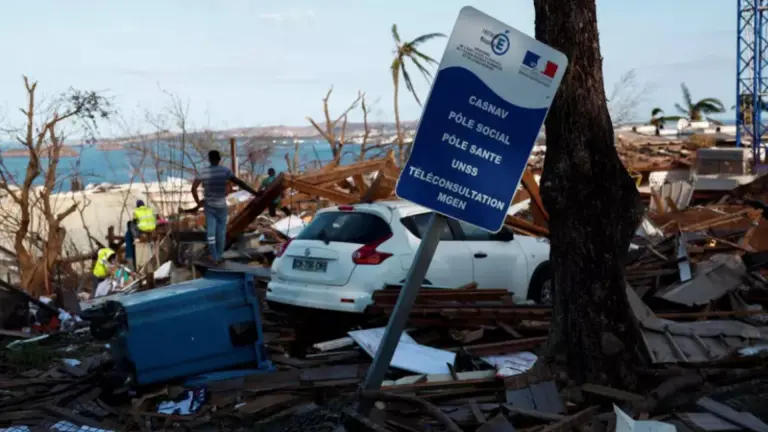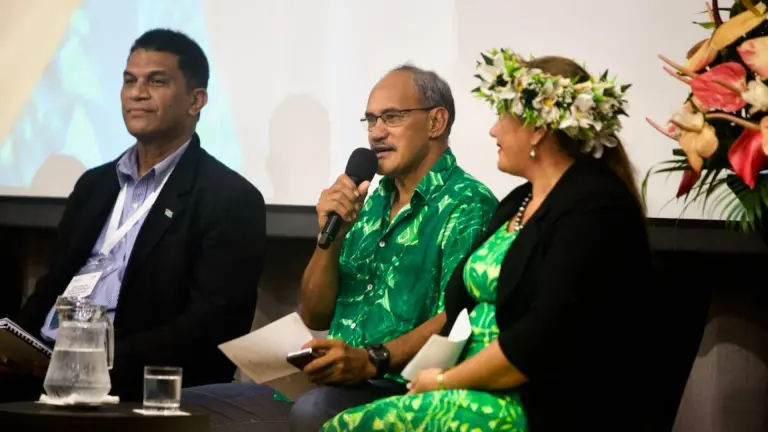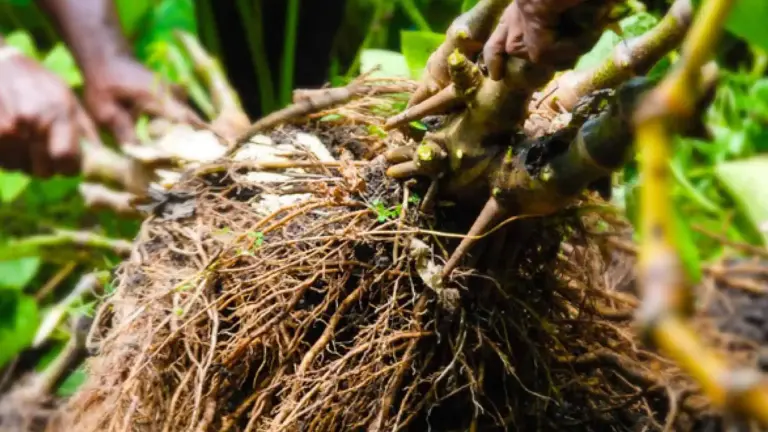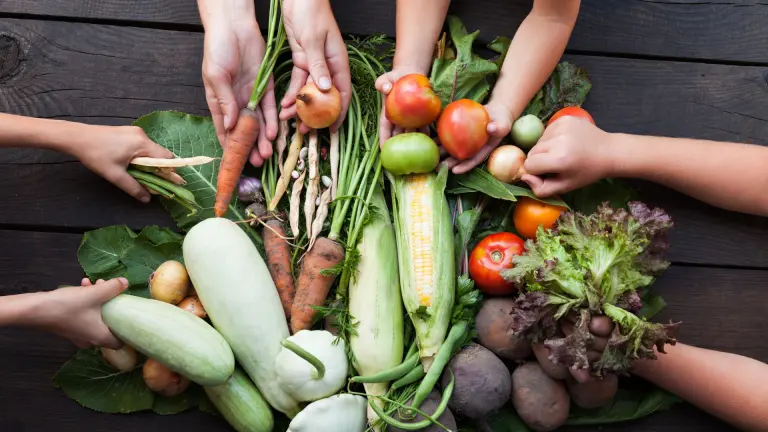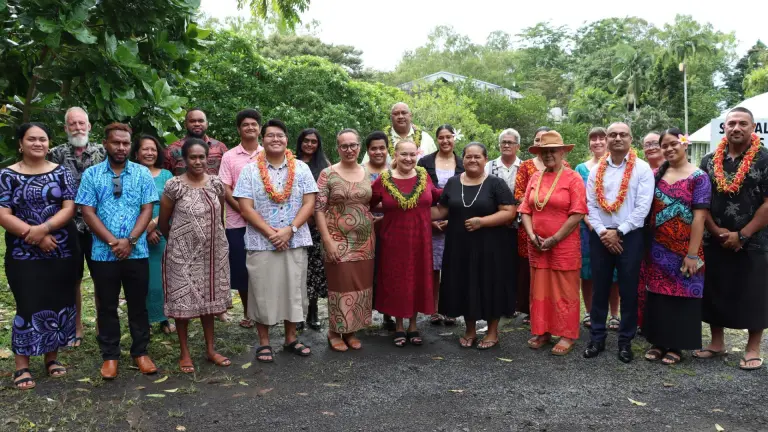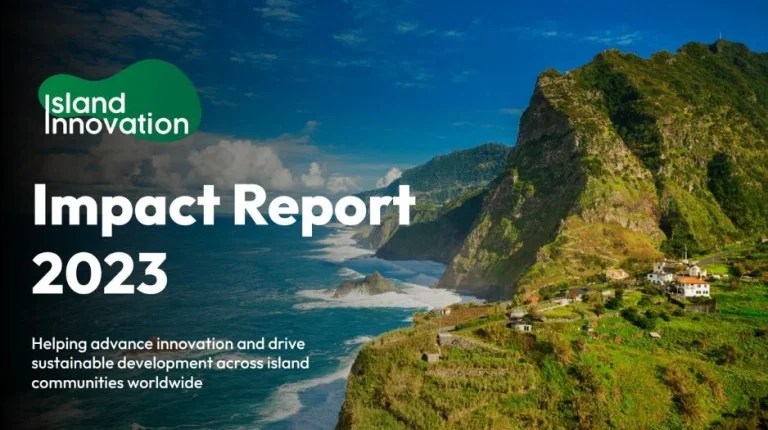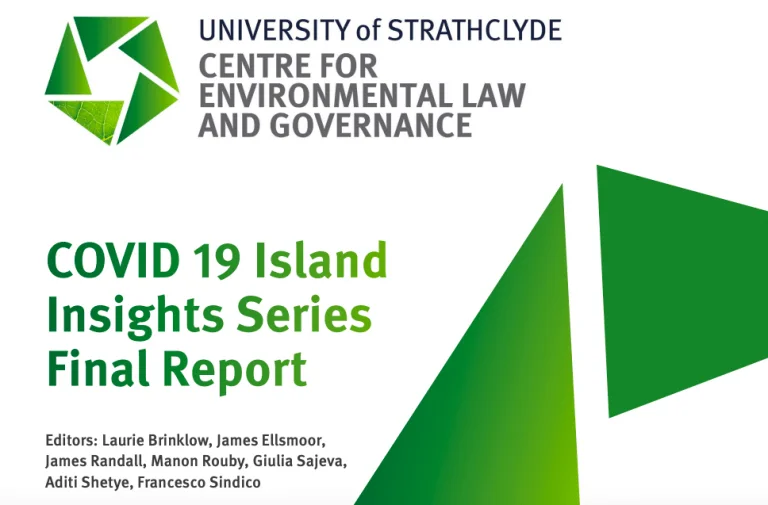Photo courtesy of UNEP / Duncan Moore. Retrieved from unep.org
Excerpt from unep.org
For Meshach Alford, a farmer from the town of Saint Paul’s in the Caribbean island of Saint Kitts, the realities of climate change are all too real.
“I have planted crops and there has been no water for weeks, for months,” he says. “Even when you put your hand 18 inches (45 centimetres) deep in the soil, it’s still dry.”
Saint Kitts and Nevis—a twin-island nation—is increasingly vulnerable to the effects of climate change, including drought. Rainfall is the sole source of potable water in the country and dwindling precipitation has meant that 80 per cent of Saint Kitts residents suffer from regular water outages.
“What was considered as a wet season is no longer a wet season,” says Cheryl Jeffers, a chief technical officer within the Saint Kitts and Nevis Climate Action Unit. “So, it creates some sense of confusion, especially towards the agriculture sector, in determining what to plant and when to plant.”
To help farmers contend with drought, the United Nations Climate Technology Centre and Network (CTCN) – with tech company HR Wallingford and the Saint Kitts and Nevis Department of Environment – developed a system that can forecast droughts and predict groundwater availability.
The system analyses data collected from satellites and remote monitoring stations around the country, producing a drought risk map. The island’s meteorological agency, Saint Kitts and Nevis’ Met Office, relays the forecast to farmers groups over WhatsApp. So-called extension officers then visit farmers and advise them on when to plant.


